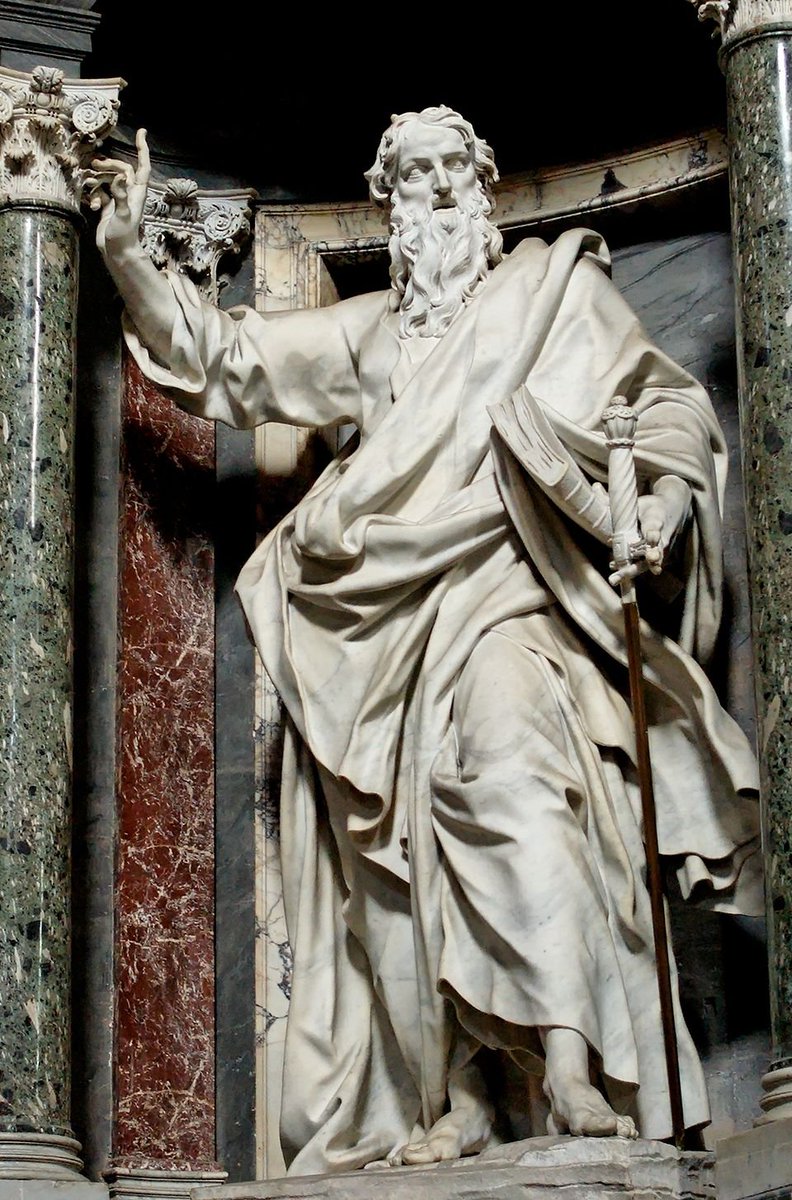The Renaissance was not just a European phenomenon.
From the 1500s to 1700s, South Asia witnessed its own magnificent Renaissance under the auspices of the Mughal Empire.
Let us embark on a journey through the monumental creations of the Mughals. 🧵⤵️
From the 1500s to 1700s, South Asia witnessed its own magnificent Renaissance under the auspices of the Mughal Empire.
Let us embark on a journey through the monumental creations of the Mughals. 🧵⤵️

Empress Bega Begum commissioned Humayun's Tomb in India, notable as the first garden-tomb on the Indian subcontinent, influencing subsequent Mughal architecture, including the Taj Mahal. 

Shah Jahan established the Shalimar Gardens in Pakistan as a testament to his love for his wife, Mumtaz Mahal, inspired by Quranic paradise gardens. 

The Taj Mahal in India was built by Emperor Shah Jahan for his wife. Shah Jahan was rumored to have planned a mirror image of it in black marble on the opposite bank of the Yamuna River for himself, a plan never realized due to his son Aurangzeb's coup. 

The Lahore Fort, constructed by Akbar the Great, conceals a secret tunnel meant to connect it to the Shahi Qila for royal escape during sieges. 

The construction of the Red Fort in India was overseen by Shah Jahan, serving not just as a residence but also as the political heart of the Mughal government, where the emperor would address his people. 

Emperor Akbar was responsible for the Agra Fort in India, where legend has it Shah Jahan spent his final days imprisoned, looking out at the Taj Mahal. 

Fatehpur Sikri in India was founded by Emperor Akbar to honor Sufi saint Salim Chishti but was abandoned shortly after its completion due to water scarcity. 

The Jama Masjid in India, built by Shah Jahan, involved over 5,000 workers and has withstood numerous natural disasters and invasions since its completion in 1656. 

Emperor Aurangzeb commissioned the Badshahi Mosque in Pakistan, which was later used as a military garrison by the Sikhs, causing significant damage. 

Shah Jahan also commissioned the Tomb of Jahangir in Pakistan, constructed in a garden personally laid out by Jahangir, showcasing a unique departure from traditional Mughal architecture. 

Akbar the Great initiated the construction of his own tomb in India, reflecting his inclusive philosophy by integrating Islamic, Hindu, Buddhist, and Christian motifs. 

The Shahi Bridge in India, constructed under Emperor Akbar, was designed not only for practicality but also as a symbol of Mughal architectural prowess. 

The Sixty Dome Mosque in Bangladesh, built by Khan Jahan Ali, misleadingly named for its domes when it actually features 77 over the main hall and 60 supporting pillars. 

Empress Nur Jahan ordered the construction of I'timad-ud-Daulah's Tomb in India, considered a precursor to the Taj Mahal and the first structure to extensively use marble and pietra dura. 

The Mughal Empire didn't just appear out of thin air! The dynasty was established by Bābur, a Chagatai Turkic prince, who ascended to power in 1526.
His heritage was legendary, descending from the fearsome Timur (Tamerlane) through his father, and the Mongol empire-builder Genghis Khan via his mother.
This confluence of warrior bloodlines set the stage for an era of unparalleled conquest and cultural flowering. The Mughal Empire didn't just appear out of thin air!
His heritage was legendary, descending from the fearsome Timur (Tamerlane) through his father, and the Mongol empire-builder Genghis Khan via his mother.
This confluence of warrior bloodlines set the stage for an era of unparalleled conquest and cultural flowering. The Mughal Empire didn't just appear out of thin air!

• • •
Missing some Tweet in this thread? You can try to
force a refresh























